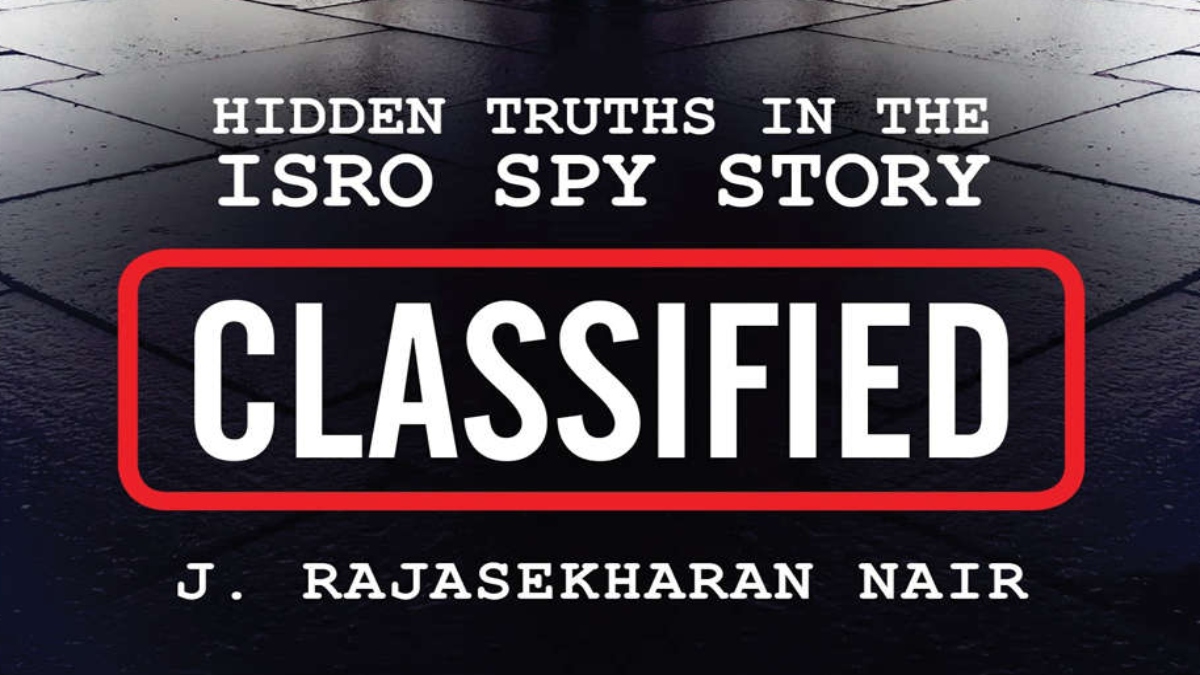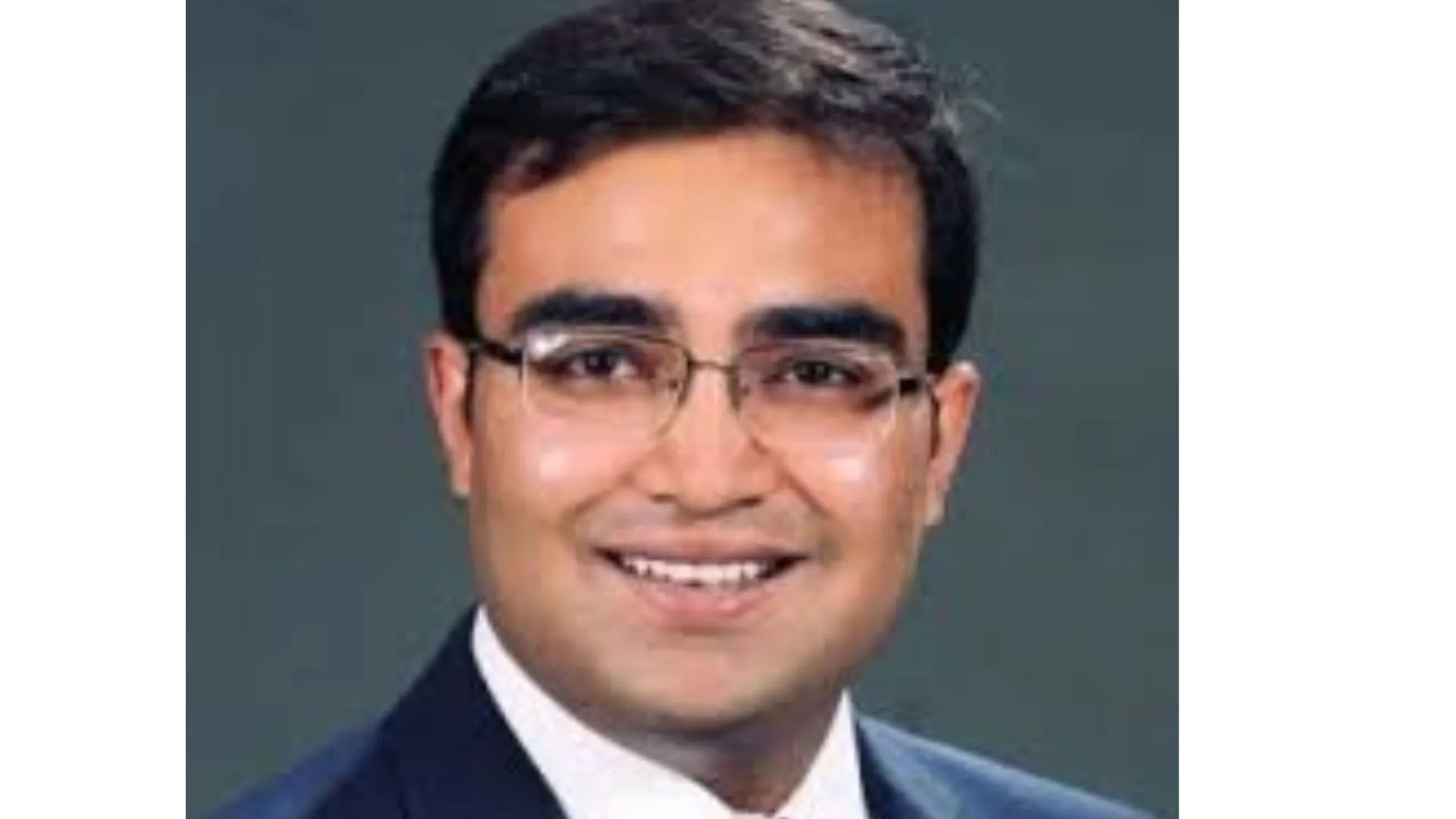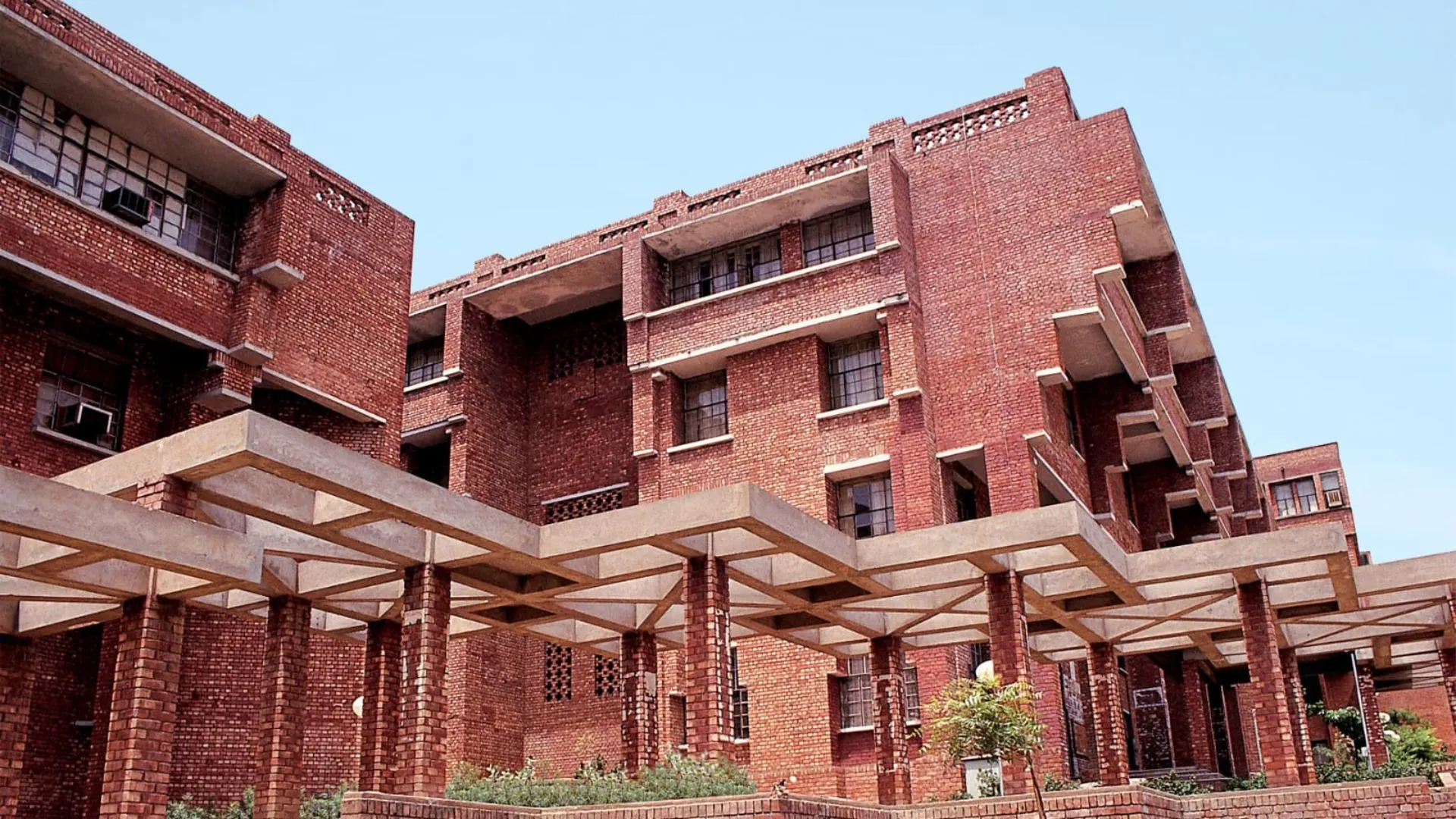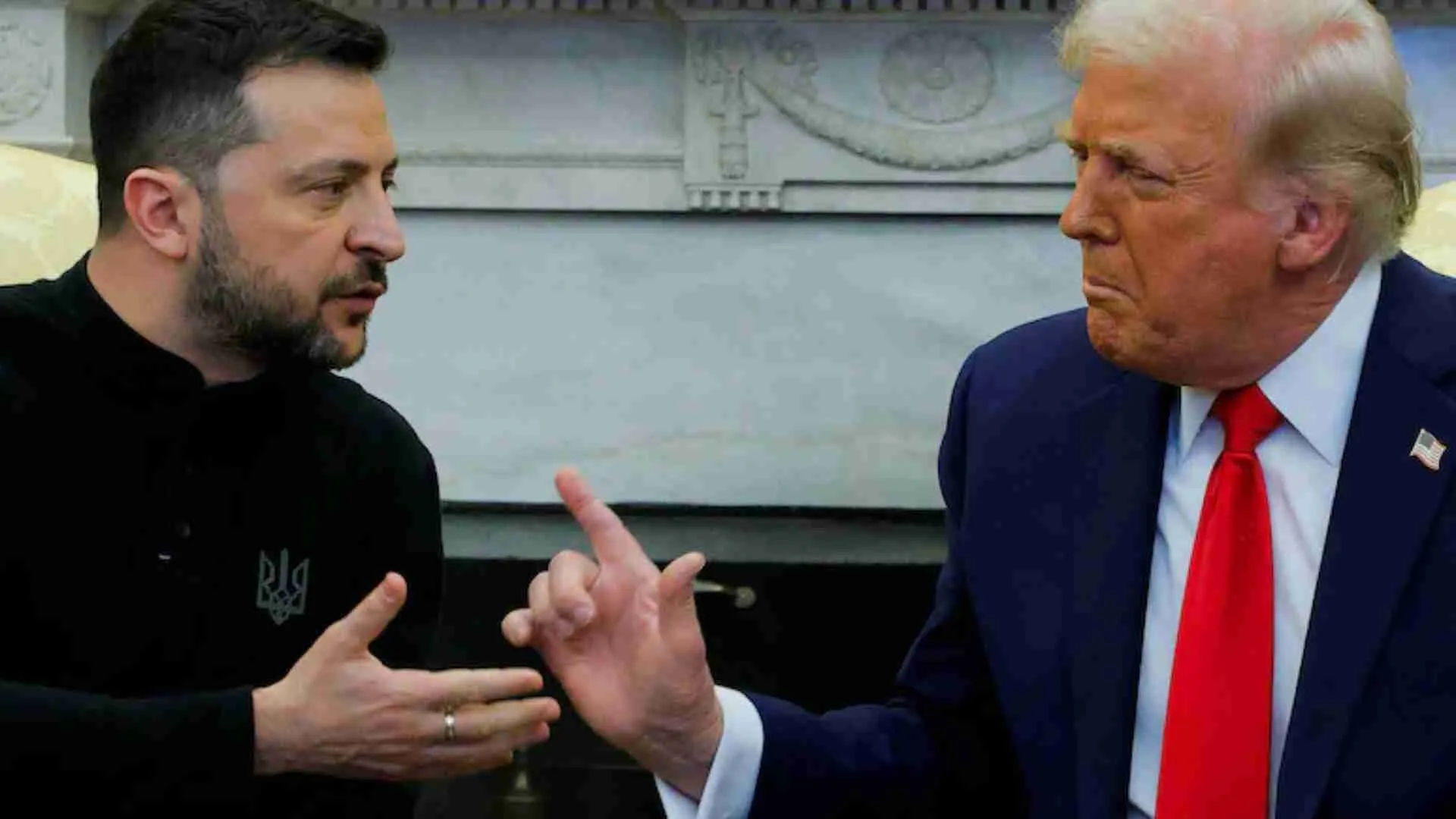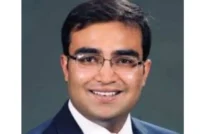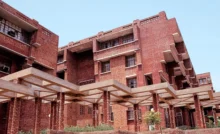In 1994, Indian Space Research Organisation (ISRO) scientist S. Nambi Narayanan and others were accused of conspiring to sell to Pakistan cryogenic engine technology. For close to three decades, the matter rolled around in the corridors of the judiciary, till 2018, when the Supreme Court ruled that Narayanan’s arrest had been unwarranted and ordered compensation of Rs. 50 lakhs to be paid to him.


Veteran journalist J. Rajasekharan Nair has been following the case since it broke out. This book, ‘Classified: Hidden Truths in the ISRO Spy Story’, is an updated version of his 1998 book, ‘Spies from Space: The ISRO Frameup’. What it reveals is a story of bureaucratic egos and petty revenge dramas; of foreign agents embedded high up in the government; of political games and apathy; cover-ups galore; and international games of espionage and arm-twisting.
Mariam Rasheeda was a clerk in the personnel records section of the National Security Service in the Maldives and had come to India in 1994. Inspector S. Vijayan, with the Foreigners Section in the City Police Commissioner’s Office in Thiruvananthapuram. Vijayan went to meet Rasheeda in room 205 of Hotel Samrat regarding her application for an extension of visa, and there he allegedly tried to get physically intimate with her. Thrown out of her room, he vowed retribution.
Vijayan ferreted around till he found out that among the numbers Rasheeda had dialled from the hotel, two belonged to D. Sasikumaran, Deputy Project Director, Cryogenic Project, Liquid Propellant Systems Centre, at ISRO. The Police Commissioner, V.R. Rajeevan, had issued orders for random checks to be performed on foreigners arriving at the airport in an attempt to crack down on drug trafficking. Vijayan took advantage of this order, interrogated Rasheeda, and presented this to Rajeevan as a case of a foreign agent, Rasheeda, conspiring with a senior official at ISRO. He also tipped off a couple of local newspapers, one of which managed to take a photo of Rasheeda and publish a scoop the next day.
If the media in Kerala sensationalised this case and published reports without due diligence or investigation, the blame lies mostly with M.S. Mani, editor of the newspaper, Kerala Kaumudi. Mani had been removed from his post as editor by an order of the High Court. When he had gone to Raman Srivastava, then Commissioner of Police, to delay implementing the court’s order by a week, Srivastava had refused. A furious Mani had promised to “destroy” Raman Srivastava. His chance came four years and seven months later, when Vijayan cooked up the espionage angle. Srivastava’s name was dragged, and lurid story after lurid story was published in Kerala Kaumudi, alleging, among other things, that Srivastava “had close links with more than one spy ring; he had slept with Mariam Rasheeda in Bombay and Madras; he had purchased three thousand acres of land in Tirunelveli in Tamil Nadu,” and much more. The scandal took larger contours, engulfing ISRO in a scandal and destroying the lives of several of its scientists, who were falsely accused because of parallel international developments. In January 1991, ISRO and Glavkosmos, the Russian space agency, signed a bilateral agreement for the supply of three cryogenic stages and the transfer of cryogenic rocket technology. Eleven months later, in December 1991, the Soviet Union ceased to exist, and Russia became an independent country.
Through the 1980s, India had been shopping around for cryogenic engines and the technology. General Dynamics had quoted 950 crores and the French company Aerospatiale 650 crores. In 1991, Glavkosmos bid and secured the deal at 235 crores.
This did not sit well with the US establishment, because not only was this a lost commercial opportunity, but it also threatened to make the American satellite-launch industry appear uncompetitive in the long run, because the price-per-kg payload calculated by ISRO for its GSLV launches was less than half that quoted by US companies.
Therefore, within a few months, in May 1992, the US imposed sanctions on both ISRO and Glavkosmos, alleging that the technology would be used for weapons and thus running afoul of the Missile Technology Control Regime (MTCR). The deal had nothing to do with India’s missile program. However, ‘No lobbying was done to reverse the lie that India’s acquiring of cryogenic technology was linked to its missile program.’
Furthermore, the author notes that ‘no country in the world has a missile using a cryogenic engine.’ Why is that? Because the technology is so complex that it takes ‘at least forty-eight hours to fill the cryogenic fuel with a specific impulse…’ sensible military management would recommend a war weapon that needs a gestation period of forty-eight hours.
In 1992, the US Senate Foreign Committee voted to have the US block aid worth billions of dollars to Russia if it decided to go ahead with the cryogenic contract. At the time, Joe Biden, then senator from Delaware and a member of the committee, said, ‘I am confident that the Russian leaders will recognise the wisdom of stopping this sale once they see the risk of losing their economic aid.’ In July 1993, an arm-twisted Russia ‘cancelled the agreement, invoking force majeure. ‘A modified agreement was signed between ISRO and Glavkosmos in January 1994. The agreement didn’t have the technology transfer clause.’
This did not go down well with Glavkosmos. It made a statement that most of the technology had already been transferred to India—while not true, this was meant to hoodwink the US for what was to follow. Glavkosmos decided to go ahead with the technology transfer, notwithstanding US sanctions, through surreptitious means. For this, the person heading Glavkosmos had the wholehearted support of Prof. U.R. Rao, the Chairman of ISRO.
The plan was to ‘transfer the cryogenic technology to an Indian company as an off-shore partner” and to later get the technology transferred to ISRO at a later date.
To keep things under the radar, Glavkosmos first transported ‘the cargo to some other destination by road and then airlifted it from there to India using different URL flights that took different air routes.’ The first flight took off from Russia and landed, via Karachi, at Thiruvananthapuram on January 23, 1994; the third flight, via Sharjah, on July 17, 1994. Before the fourth flight could come in, the spy scandal broke out.
That ISRO didn’t have the cryogenic technology in 1994, notwithstanding Glavkosmos’ statements, should have quashed any talk of conspiracy. That didn’t happen; why is anyone’s guess.
However, with its moles within the Intelligence Bureau (IB), the CIA was able to get Kerala police to pursue their desired line of investigation; viz., that ISRO scientists had conspired to commit treason.
The IB extracted confessions, after much torture, that S. Nambi Narayanan and D. Sasikumaran ‘had supplied the Cryogenic Missile Technology to Pakistan for a hefty sum.’This should have been laughed out of the courts because it took ISRO two years after the spy scandal broke out to conduct even the first test of a subscale cryo engine.
As the author points out, a ‘subscale’ is not even a prototype. It is only a micro-miniature, a prelude to the subsequent development of the prototype, and then the engine as such. ‘Two years after the alleged spies had allegedly transferred the technology to Pakistan, ISRO had been able to manage only a ten-second test of a subscale engine. To put this in context, ISRO scientists worked in France for ‘nearly 35 man-years before the technology of the Viking engine… was transferred to India under a legal contract.’It then took seventeen years… for ISRO to develop the Vikas engine.
The author quotes former R & A officer, N.K. Sood, that “Rattan Sehgal, Addl Director, IB, was caught passing on sensitive documents to the CIA in 96.” (He) was allowed to retire (and) go to the USA. He also falsely implicated Nambi Narayanan in the infamous ISRO spy case. ‘Nothing came of D.C. Pathak, then Director of the IB, who sent several unofficial (UO) notes to the “Cabinet Secretary, Home Minister, Principal Secretary to the Prime Minister, and others… to immediately bring Raman Srivastava, IG of Police, into the ambit of the case.’
That no evidence of any conspiracy was ever discovered, that two different central government agencies – the IB and the Central Bureau of Investigation (CBI) – took turns torturing S. Nambi Narayanan and others, that no official involved in hatching the conspiracy to frame ISRO scientists faced any consequences, that the alleged CIA mole inside the CBI was never brought to justice, that the Kerala Police was a part of this conspiracy, and that politics took centre stage.
The first three chapters of the book assume the reader is familiar with the case and its developments; thus, readers may find it more useful to begin with the second section and then return to the first chapters later.
This copiously referenced and meticulously researched book deserves a wide audience. The treachery that was perpetrated and the injustice that was allowed to fester for decades need to made known. Nair has written this book with the sharp eye and sharper pen of a veteran journalist, unswayed by emotion or rhetoric.

